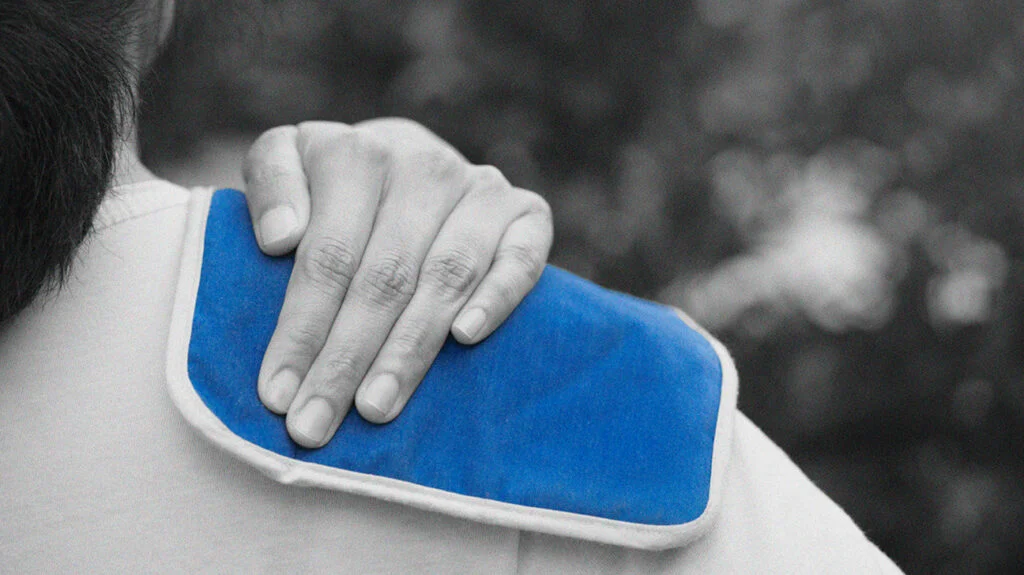Managing Chronic Pain – Natural Remedies and Strategies

Many people who suffer from chronic pain are looking for alternatives to over-the-counter medications and opioid prescriptions. Some are also searching for natural therapies and strategies to help ease their discomfort without drugs or their side effects.
Diet and exercise, yoga and meditation, breathing techniques and acupuncture are among the natural methods that offer pain relief.
1. Exercise
Incorporating movement and activity into a daily routine can help increase quality of life, reduce pain and stiffness and decrease the need for over-the-counter or prescription medications. Exercise like walking, swimming and cycling releases natural endorphins, which enhance mood while easing pain signals from the brain.
Relaxation techniques – such as breathing exercises, mindfulness and meditation — can help control stress, which is known to intensify muscle tension and pain. They can also promote sleep, which is vital for coping with chronic pain.
Eating a healthy diet is another important lifestyle habit that can support pain relief. It helps to eat more whole foods, fruits and vegetables and fewer processed or refined carbohydrates. In addition, staying well hydrated is essential for managing chronic pain because dehydration can make symptoms worse.
2. Massage
During a massage, friction created between the skin and fingers increases blood flow. This improves the movement of blood through congested vessels and carries metabolic waste away from muscle tissues to be removed by the lymphatic system.
This increases the ability of muscles to stretch to their full length and decreases muscular tension and stiffness. It also reduces stress levels which often increase with chronic pain.
It stimulates the autonomic nervous system to release feel good hormones such as endorphins, serotonin and dopamine. These are responsible for feelings such as reduced anxiety, lessened depression and increased motivation. It is thought that through the gate control theory, massage can close the ‘gates’ within the nervous system to prevent pain signals from reaching the brain. This can help to alleviate pain and reduce the need for medication.
3. Yoga
Studies show that a practice of yoga can help control pain and related stress. It’s a unique approach because it combines physical therapy with a system of mindfulness and breathing exercises.
Yoga can improve your strength and flexibility, which may help reduce back and neck pain. It also teaches you how to relax your muscles, which is important since chronic pain can cause you to tense up.
Villemure has been studying why yoga helps with pain. She thinks it might be because of the way it calms the autonomic nervous system. Most people, when they anticipate pain, trigger the “fight or flight” response, which raises stress levels and cortisol. Yoga appears to activate the parasympathetic nervous system instead, which decreases stress and cortisol.
A network analysis of research into pain, yoga and complex systems shows that yoga and pain operate along many of the same sensory pathways, making it a natural method of treating pain.
4. Acupuncture
Pain is your body’s signal that something is wrong, whether a strained muscle or a serious medical problem. When the pain is chronic, it can cause many problems including depression, poor sleep, decreased strength, anxiety and fatigue.
The most effective way to manage chronic pain is a multidisciplinary approach. This can include physical therapy, psychotherapy (including cognitive behaviour therapy, which teaches people to change how they think about their pain) and other mind-body therapies such as meditation, yoga and tai chi.
A recent large NIHR review of 140 trials found that acupuncture has physiologic effects that are consistent with analgesia and that the benefits cannot be explained by placebo. This is a very robust finding, given that acupuncture has no scientific basis in traditional biomedicine.
5. Meditation
Many people who suffer from chronic pain are seeking natural ways to relieve their symptoms. They do not want to rely on prescription pain killers, which can have adverse side effects and can become addictive.
Garland teaches his patients to use meditation techniques, such as slow and deep breathing, which can be calming and can help engage the parasympathetic nervous system’s relaxation response. Slow, deep breathing was also linked to a higher pain threshold in a 2012 study.
He also teaches his patients to practice body scanning, which involves mentally going from head to toe and noting any sensations of pain or calmness. This allows the patient to learn how to differentiate between the physical sensations of pain and their emotional response to it.







